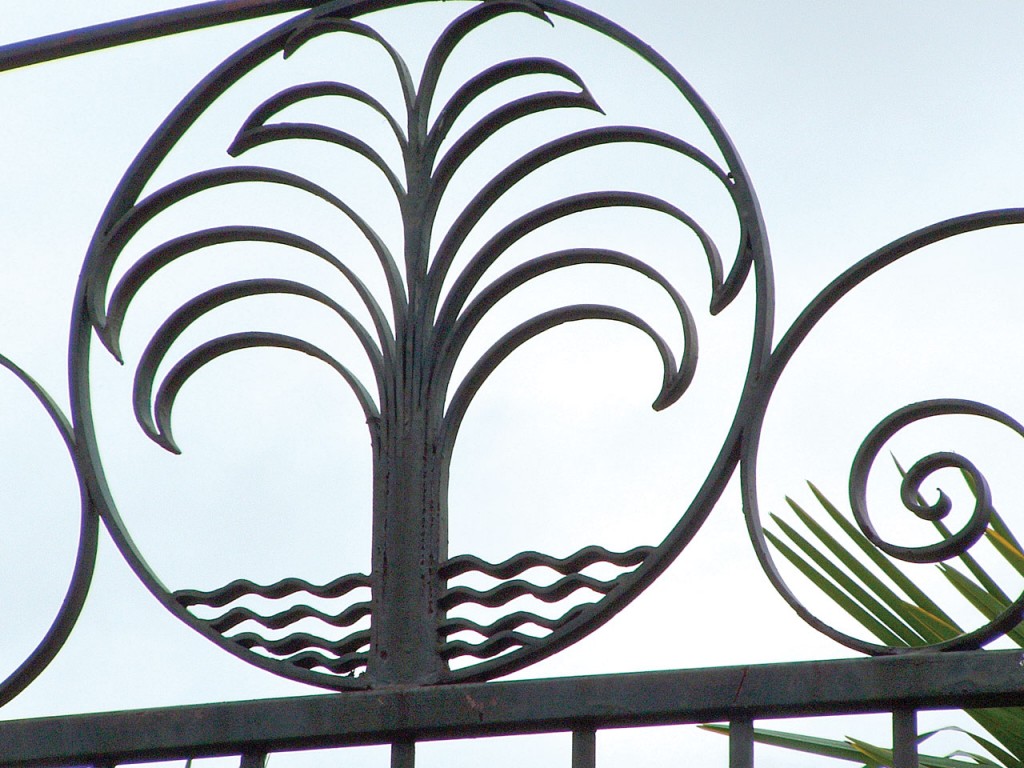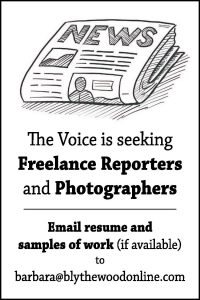One-hundred-forty-three miles toward Charleston, about 2.5 hours, down I-26 will take you to a posh island community by the name of Daniel Island. This master-planned community is modern but quaint and overflowing with great restaurants and shops. It has parks and trails, too and makes for a great destination. While there be sure to visit Philip Simmons Park.
The park is a good place to stroll and learn about the master blacksmith whose work graces many venues in Charleston. Wrought iron is the blacksmith’s material of choice. It’s soft, malleable and ideal for delicate artwork, as Philip Simmons discovered.
Simmons died in 2009 but his legacy endures. That legacy began on Daniel Island where he was born. As a kid, Simmons visited blacksmith shops, pipefitters, coppers and other craftsmen. The blacksmith shops captured his heart. He’d stand in the door of blacksmith shops and watch the red-hot fire and see sparks flying.
“I liked that,” he said. A blacksmith let him hold the horse while he was putting the shoe on, turn the hand forge and clean up the shop. “After a while, he learned me names of everything,” said Simmons. “If he said, ‘boy, hand me that 3-inch swage,’ I had to know what he wanted. I learned that way.”
Early on, Simmons was shoeing horses and fixing wagons, but people kept telling him companies were forsaking horses for trucks and that blacksmiths would go out of business. He turned to gates, fences and window guards. He would go on to fashion more than 500 decorative pieces of ornamental wrought iron. Simmons could have been content with forging tools for his fellow workers, but he wasn’t. He brought a tender touch to the melting of metal and glory to Charleston.
The National Endowment for the Arts bestowed a National Heritage Fellowship upon him in 1982. During his acceptance speech, Simmons said, “My instrument is an anvil. I guess some of you have heard me play . . . a tune on the anvil, the old blacksmith tune. I’m proud of that anvil, really proud. That anvil fed me when I was hungry and that anvil clothed me when I was naked. That anvil put shoes on my feet.”
Simmons helped make Charleston Charleston, but some of Charleston escapes now and then. Speaking with Charles Kuralt, a man who knew Simmons said, “Some of these homeowners leave Charleston sometimes. I have noticed one thing. When they leave, they take their Philip Simmons gates with them.”
Daniel Island is not far from Charleston, if you want to see more of Philip Simmons’ work that’s still in Charleston. See for instance the “Heart Gate” at St. John’s Reformed Episcopal Church at 91 Anson St. Contact the Historical Charleston Foundation to locate other works by Simmons.
Learn more about Philip Simmons www.philipsimmons.us/index2.html
If You Go …
• To see more gates contact the Historical Charleston Foundation www.historiccharleston.org/Home.aspx
Learn more about Tom Poland, a Southern writer, and his work at www.tompoland.net. Email day-trip ideas to him at [email protected].












